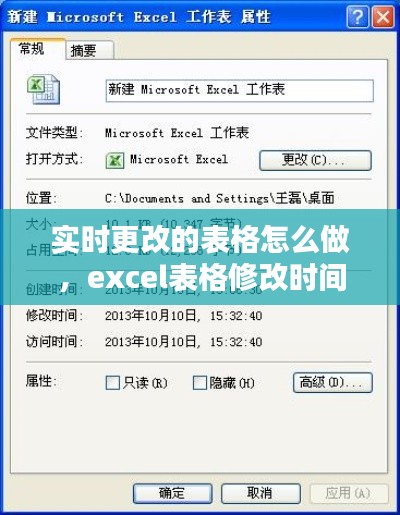Introduction to Real-Time Translation
In today's globalized world, communication across languages has become more crucial than ever. With the advent of technology, the need for accurate and efficient translation services has surged. One of the most exciting developments in this field is the introduction of super-accurate real-time translation. This article delves into the world of real-time translation, exploring its benefits, challenges, and the technology behind it.
What is Real-Time Translation?
Real-time translation refers to the process of converting spoken or written words from one language to another instantly. This technology is particularly useful in scenarios where immediate understanding and communication are essential, such as international conferences, business meetings, or even casual conversations with friends from different countries.
How Does Real-Time Translation Work?
The technology behind real-time translation is a combination of advanced algorithms, machine learning, and natural language processing. Here's a simplified breakdown of how it works:
Input: The user speaks or types in a source language.
Processing: The input is analyzed by complex algorithms that break down the language into its fundamental components.
Translation: The algorithms then translate the components into the target language, taking into account grammar, context, and cultural nuances.
Output: The translated text or speech is delivered to the user in real-time.
Advantages of Super-Accurate Real-Time Translation
Super-accurate real-time translation offers numerous benefits, including:
Enhanced Communication: It breaks down language barriers, enabling people from different linguistic backgrounds to communicate effortlessly.
Time Efficiency: Real-time translation saves time, as it eliminates the need for manual translation or waiting for delayed interpretations.
Accessibility: It makes information and services accessible to a wider audience, including those with language disabilities.
Global Business Opportunities: Real-time translation facilitates international business collaborations, reducing misunderstandings and improving communication.
Challenges and Limitations
Despite its numerous advantages, real-time translation faces several challenges and limitations:
Complexity of Languages: Some languages are more complex than others, making accurate translation more challenging.
Cultural Nuances: Translating cultural nuances and idioms can be difficult, as they often don't have direct equivalents in other languages.
Speech Recognition Accuracy: Accurate speech recognition is crucial for real-time translation, and it can still be prone to errors, especially with accents or dialects.
Privacy Concerns: Real-time translation often requires access to sensitive information, raising privacy concerns.
The Future of Real-Time Translation
The field of real-time translation is rapidly evolving, with ongoing research and development aimed at improving accuracy and expanding language support. Some of the future trends include:
Improved Machine Learning Algorithms: Continuous advancements in machine learning will enhance the translation algorithms, making them more accurate and efficient.
Increased Language Support: As more languages are added to the translation systems, the reach of real-time translation will expand.
Integration with Other Technologies: Real-time translation will likely be integrated with other technologies, such as virtual reality and augmented reality, creating new communication experiences.
Conclusion
Super-accurate real-time translation is a game-changer in the field of language communication. While it faces challenges and limitations, the continuous advancements in technology promise a future where real-time translation will be more accessible, accurate, and efficient. As we move towards a more interconnected world, the importance of real-time translation cannot be overstated, as it will play a crucial role in breaking down language barriers and fostering global understanding.














 桂ICP备18009795号-1
桂ICP备18009795号-1